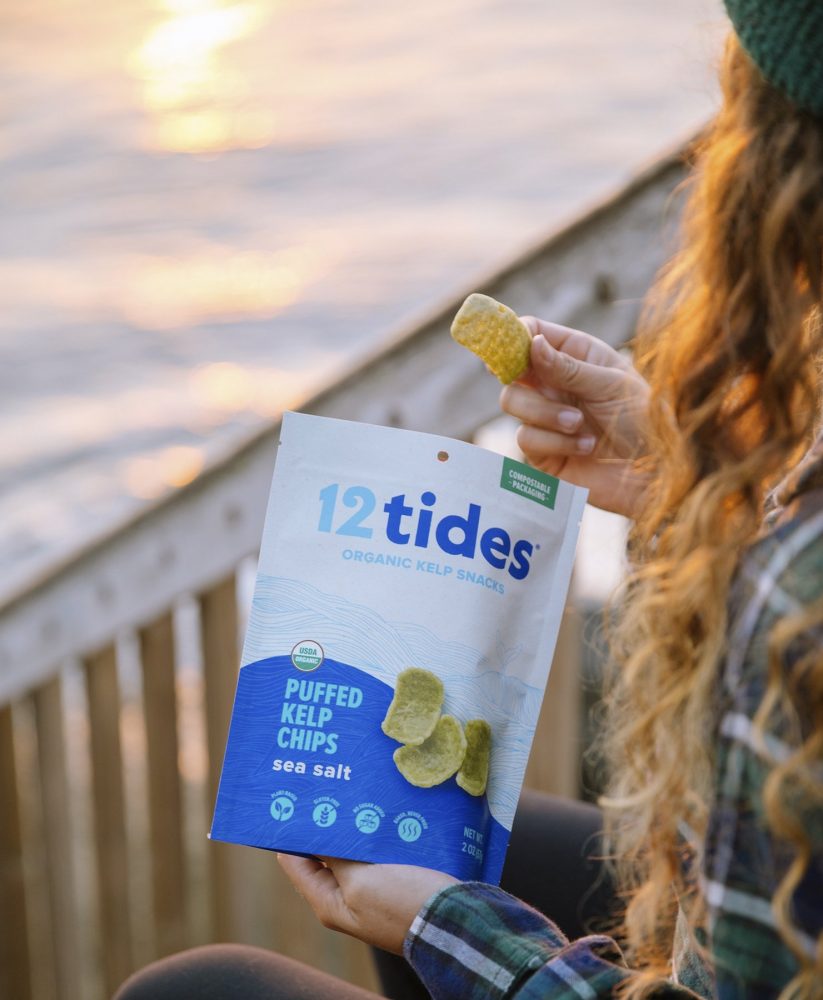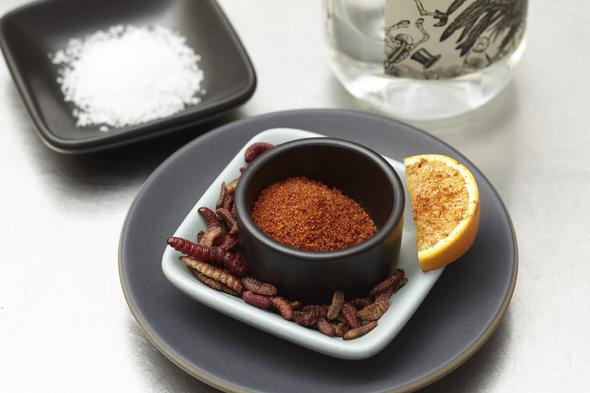
Climate change is expected to have catastrophic consequences on food supplies.
Ever-warming temperatures, rising sea levels, more erratic weather patterns and increasing amounts of carbon dioxide in the atmosphere all pose long-term risks to the health of crops, livestock and fish, according to the U.S. Environmental Protection Agency. And the Covid-19 pandemic has further hurt the farm-to-consumer supply chain.
This food shortage problem could come to a head sooner than one may think, and on a global scale — a U.N. report predicts that “children who are born in today’s world will not have reached graduation age before these problems will have materialized, unless immediate action is taken.”
While much of the onus for making change rests on the shoulders of corporate giants — by far the largest contributors to the climate chaos problem — experts say individuals can do their part, in part, by switching to plant-based diets that have “low environmental impacts” and would “help reduce greenhouse gases,” according to Colin Binns, lead researcher of a 2021 study on climate change and food security.
But there are other alternatives out there — if one’s mind can be opened.
The Skittering Future of Food
The Food and Agriculture Organization of the U.N. has, for years, posited that eating insects — a centuries-old practice called entomophagy that more than a quarter of the world’s population still engages in — could and should figure big in our meal plans.
For starters, insect farming causes far less environmental damage than, say, cattle farming. It takes about 10 percent the amount of water, land and feed to raise insects for consumption as it does to raise beef, and emits about 1 percent the amount of greenhouse gasses. It’s also a healthy, protein-rich alternative to other meats, as many edible insects contain high levels of iron, fiber, omega-3 fatty acids and other nutrients.
But Western food philosophies — some might call them prejudices — have kept entomophagy from taking hold in places like the U.S., where bugs are viewed first as filth, not food.
In recent years, a number of entrepreneurs in the nascent edible insect industry have attempted to break through with products like coconut mealworm brittle or molasses cricket cookies. But many have faced significant difficulties. In the U.S., “people don’t have the culture of eating insects,” says Monica Martinez, founder of San Francisco bug-based snacks maker Don Bugito. She was born and raised in Mexico, where entomophagy has “been a part of my culture for centuries.” Here, however, it’s a different story.
Claire Simons of cricket flour and dessert seller 3 Cricketeers has faced similar obstacles. “We’re still learning our true customer,” the co-founder of the St. Louis Park, Minnesota, company admits. Those who have traveled to places like Thailand and Mexico “understand and know this is just what [much] of the world eats … as a form of protein. Nothing weird, nothing strange,” she adds. “But even with the pandemic, with people stuck at home making their health ‘number 1,’ and with climate change in their face,” getting customers to place orders can be tough.

Meanwhile, there’s almost no discussion around food alternatives like kelp — a nutrient-dense type of seaweed whose production actually improves water quality. “We want to get people eating more kelp — it’s so good for the oceans, and us. But you don’t see it on dinner plates [in the United States] very much,” says Lindsey Palmer, co-founder of 12 Tides, which makes and sells kelp-based snacks out of their Bay Area headquarters.
The Road Ahead
There is, however, some good news: younger consumers are increasingly interested in alternative eats, say all three entrepreneurs. In general, millennial and Gen Z buyers are statistically more inclined to adopt more ethical spending and living habits. And there’s hope of gaining traction, with edible insects projected to generate revenues in the neighborhood of $8 billion by 2030.
But there’s a big competitor to the insect market to consider: the alternative-meat industry, where companies like Beyond Meat and Impossible Foods are offering plant-based options without an “ick” factor to market through. And talk about growth — it’s projected that the alternative-meat industry will be worth roughly $290 billion by 2035.
Those companies also largely get to avoid dealing with tricky regulatory concerns — a particular pain point for Palmer. “Kelp farming is still a new-ish industry in the U.S.,” she says, with only a few states able to legally participate. “It’s hard to get a kelp farm off the ground, even if there’s kelp there.” For now, they have a roster of small, independent farmers in places like Maine who provide 12 Tides’ signature ingredient.
Insect sellers grapple with similar problems. The U.S. Food and Drug Administration essentially only discusses insects as they pertain to the quality of other foods we eat. And while some of their regulations can be applied to insects intended for human consumption, there are also state and local guidelines to follow, which can be overwhelming for a fledgling business. Simons says she’s enlisted the help of experts at the University of Minnesota, as well as her environmental lawyer husband, to navigate the systems in place, while Martinez calls upon her architectural and design expertise to properly house and raise her mealworms and crickets.
And then there’s the matter of cost. Due to a lack of ready availability of signature ingredients, food products made with insects and kelp are relatively expensive — especially since they are predominantly sold as snacks and desserts, rather than meal substitutes. A single 1.5 oz. pouch of the aforementioned mealworm brittle from Don Bugito costs $6.99. Those cricket cookies from 3 Cricketeers will run you about $6 as well. A four-pack of kelp chip bags from 12 Tides costs $20. None of those prices include shipping and handling.

And when your most interested, engaged demographic are younger consumers who are paid less money — and spending less money, as such — that becomes yet another significant hurdle to overcome.
Getting the Word Out
Still, the founders we spoke with say they’ve achieved varying degrees of success in terms of growth — Don Bugito has been able to employ 4 staffers; 3 Cricketeers has expanded into a 3,500 square foot warehouse with a commercial kitchen in-house; 12 Tides completed its first fundraising round last year — as well as in their larger aim of trying to save the world, one potentially eyebrow-raising snack at a time.
“Ten years ago, [Americans] didn’t even have any idea that [so much] of the world eats insects,” says Martinez of Don Bugito, who recently rolled out DIY kits for whipping up chocolate-covered crickets at home, in a bid to make eating insects even more a part of American family life. At the same time, there is still much work to be done. “People still don’t make that relationship” between what they eat and how it impacts the environment, Martinez says.
At 3 Cricketeers, Simons agrees. “Right now, I feel like it’s a lot about education, and a lot of rehabilitation of the product,” she says. “We’re trying to get that out to the public, so they can really see that [insects are] something they need to be eating.” As a registered nurse, Simons primarily works the health angle of edible insects via blog entries about crickets’ gut-boosting benefits and smoothie-centric Instagram posts to boost sales.
Staying on-message and solution-oriented — as well as positive — is also critical to getting folks to open up to alternative food options, adds Palmer. “We’re not just talking about the destruction of the oceans — we’re thinking about how we can change that,” she says of 12 Tides’ approach. People “don’t just want to hear about how we’re destroying the planet, and ourselves. We want to know how we can get past this.”



